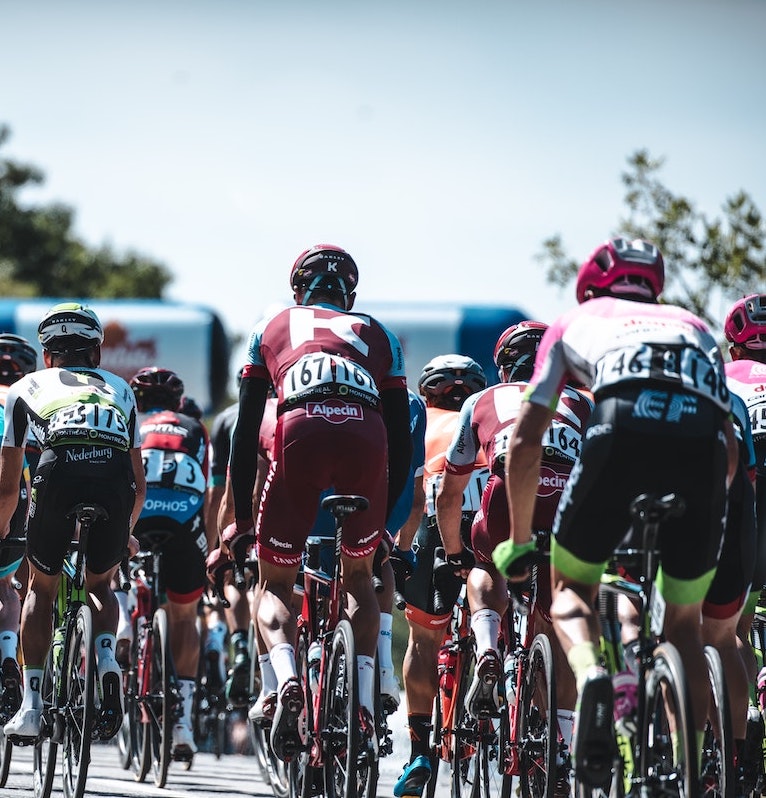October 1, 2020
The concussion that caused Romain Bardet’s departure from the Tour de France after crashing on Stage 14 is not an uncommon occurrence. Traumatic brain injury is a risk professional cyclists take whenever they clip into the pedals. And even though most cycling injuries are lacerations to soft tissue, traumatic brain injuries cannot be ignored for the significant risk they pose to the well-being of athletes. Consider two significant problems: First, despite improvements in helmet technology, cyclists are still taking impacts to the head and incurring concussions. Second, concussions are frequently undiagnosed – which presents a specific set of problems and risks to the injured athlete, and to others in the peloton if the athlete is prematurely reintroduced to competition.
Helmet Usage History & Requirements in Competition
Helmets have widely been considered the solution to preventing head injury and have over time been integrated into rider safety. Helmets, however, prevent the severity of impact, not the risk of impact or the misdiagnosis of head injury. For a period of time, mandatory helmet use was regionalized in countries such as Belgium, Holland and the USA, but not in others like France and Italy. In 1991, the Union Cycliste Internationale (“UCI”) attempted to introduce mandatory use of helmets prior to the Paris-Nice race. Surprisingly, the effort resulted in a rider strike and the UCI capitulated.
Following the death of Fabio Casartelli in 1995 due to a severe head injury descending the Col De Portet d’Aspet in the Pyrenees, helmet use was required more often in competition by the UCI. Regulations on head protection saw its biggest shift in 2003 after Andrey Kivilev died from his injuries following a helmetless crash at the Paris-Nice race. The UCI could no longer ignore the need for improved head protection. At the Giro d’Italia on May 5th, 2003, the UCI required that helmets be worn during competition with the exception of uphill time trials and mountain-top finishes of more than 5km. While initially loosely enforced, the UCI gradually increased enforcement in the years that followed, making helmets required for all competition, regardless of the region or type of finish.
Are Helmets Enough?
Helmets have undoubtedly saved lives. Helmets, however, do not completely eliminate the risk of concussion. A concussion creates a potentially dangerous situation for both the rider and other participants if a rider with a concussion resumes racing. What data should determine when a rider incurs a concussion? And who decides whether a rider should re-enter the race following a crash where a potential head injury has occured? In other professional sports, such as NFL Football, if a player shows to have a concussion or concussion symptoms, it is mandatory that the individual be removed from the game, and are prohibited from re-entering the game or practice that day. The NBA also has concussion protocols as does FIFA for soccer. For cycling, the UCI regulations on concussion amount to half a page, and essentially say that a rider with suspected concussion should be pulled from the race – advice that currently is not being adhered to.
In part 2 of this commentary that we will release next week, we examine in more detail the Romain Bardet crash at this year’s Tour de France, and propose possible solutions that could be easily adopted by the governing bodies and race organizers.



A Commentary on Concussion in Cycling Part 2